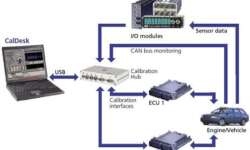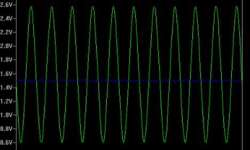
Today, signals, i.e., quantities that fluctuate over time with high frequency, have acquired a great amount of importance and are being used in many fields, especially communication. Digital signal processing involves converting digital data into signals, making its transfer easier and subsequently converting these signals back into the original form. A signal has many characteristics or domains such as time domain, spatial domain, frequency, wavelet domain, etc. Anyone among these can be used to process a respective signal. From among these, the engineer usually selects the one that best represents the characteristics of the signal concerned or, in other words, the one from which data can be obtained easily. To ascertain the required characteristic, the engineer may try out many among these properties. The use of signals has gone up especially with the use of computers. Computers can analyze and process only digital (discrete) data and cannot handle analog (continuous) data. Thus, conversion of the signal from analog to the digital form becomes necessary. The digital signal is exactly similar to the analog signal that it has been obtained from; some mathematical techniques such as the Nyquist-Shannon sampling theorem are used. Usually, after analysis or transformation, the output signal is…
Continue reading







